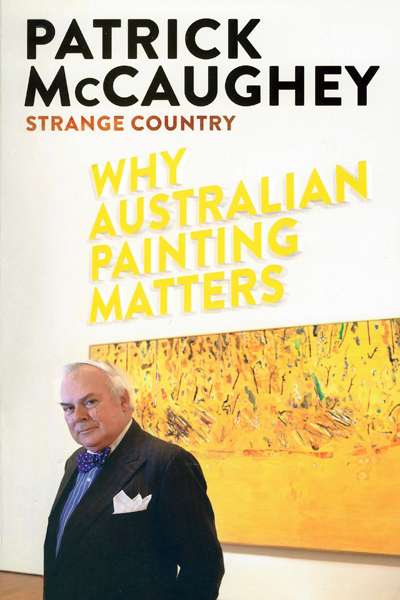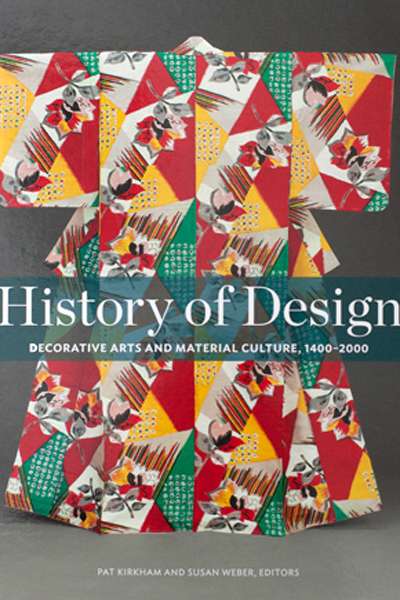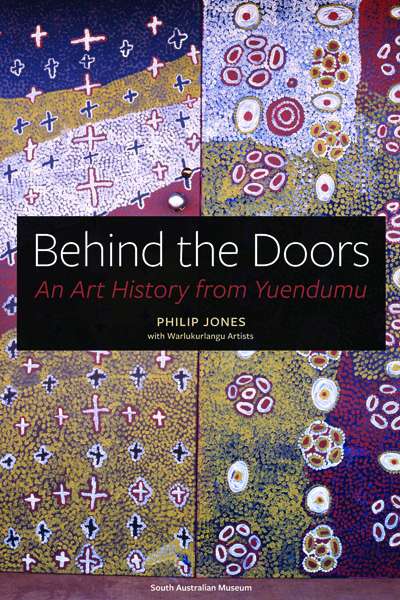Visual Arts
Every student of Australian art knows that when Arthur Boyd went to London in 1959 and paid his first visit to the National Gallery, two paintings laid siege to his imagination. Titian’s The Death of Actaeon was one from which came Boyd’s tormented
... (read more)Many good books are published about Australian art, but few change the way we see and understand it. When Andrew Sayers’ Aboriginal Artists of the Nineteenth Century appeared in August 1994, it immediately did that, as the critic Bruce James was quick to recognise
Strange Country: Why Australian painting matters by Patrick McCaughey
History of Design: Decorative arts and material culture, 1400–2000 edited by Pat Kirkham and Susan Weber
Walter Spies by John Stowell & Brown Boys and Rice Queens by Eng-Beng Lim
Acute Misfortune: The life and death of Adam Cullen by Erik Jensen
The last time the National Gallery of Victoria devoted an exhibition to furniture was in 1988 (Featherston Chairs), and only the most dedicated design aficionados will remember the gallery’s most recent group show of furniture design: One Hundred Chairs, back in 1974. Mid-Century Modern, broad in its ambition, covers Australian furniture design in the thirty-year immediate postwar period. It forms an interesting comparison to the recent touring exhibition from the Los Angeles County Museum, California Design, 1930–65, shown at Gallery of Modern Art, Brisbane last summer and reviewed here in December 2013–January 2014.
... (read more)Behind the Doors: An art history from Yuendumu by Philip Jones with Warlukurlangu Artists
For Auld Lang Syne: Images of Scottish Australia from First Fleet to Federation | Art Gallery of Ballarat
I have been looking at the world through tartan frames recently, thanks to the current exhibition ‘For Auld Lang Syne: Images of Scottish Australia from First Fleet to Federation’ and its accompanying catalogue ($75 hb, 335 pp). Actually, to call it a catalogue doesn’t do it justice; its 335 pages ransack dozens of different angles of the Caledonian experience, with essays by its curators,Alison Inglis and Patricia Tryon Macdonald, the Art Gallery of Ballarat’s director Gordon Morrison, and a dozen others.
... (read more)





